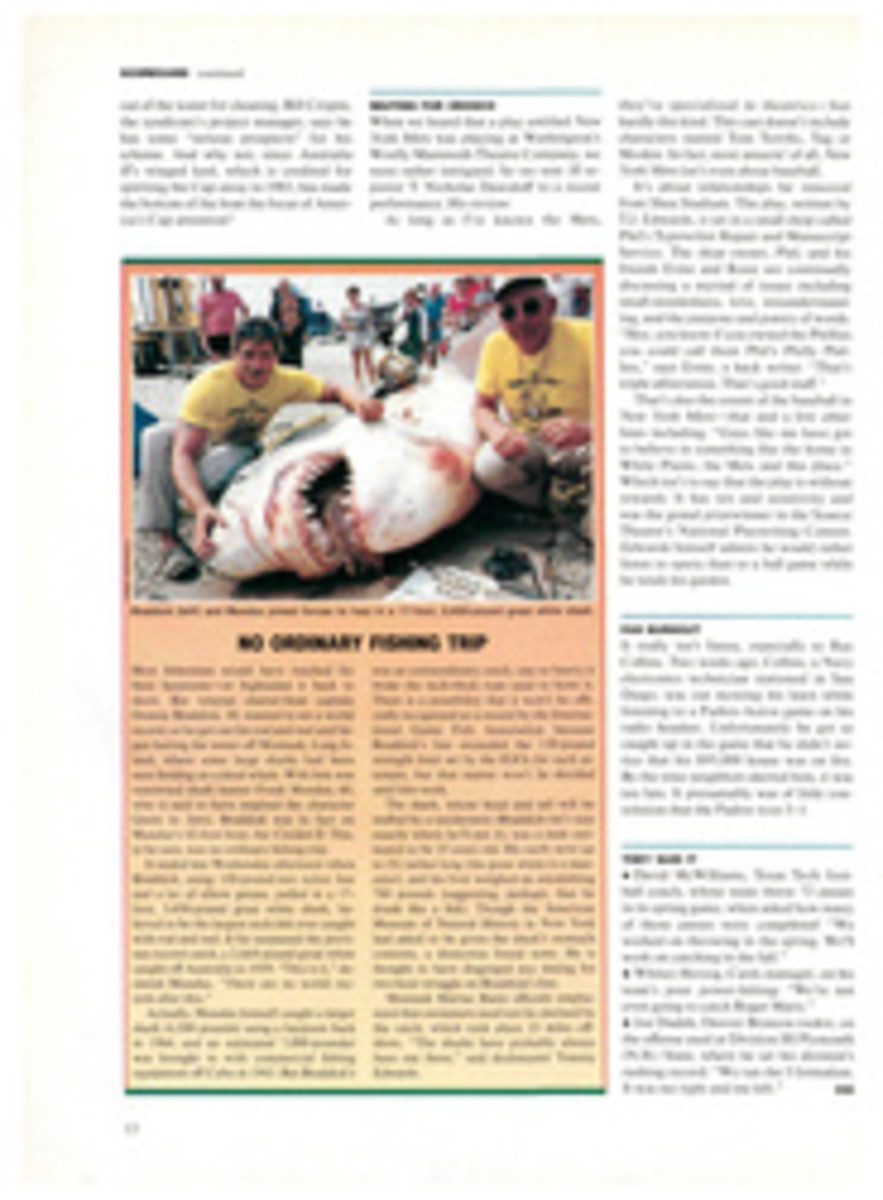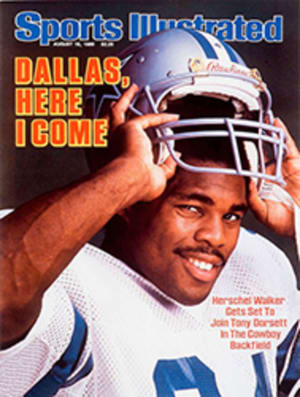
OFF THE BENCH AND INTO THE SUNLIGHT
Art Howe, hitting instructor for the Texas Rangers, was taking his
turn as batting practice pitcher last week, spotting the ball in and
out, up and down. Scott Fletcher's black bat flicked at each toss
like a rattlesnake, methodically spraying outside pitches down the
rightfield line, muscling inside pitches past third, lining fat
pitches up the middle.
Tim Foli, an ex-major league shortstop and the Ranger infield
coach, watched with awe. ''That's the way I should have hit,'' Foli
said to manager Bobby Valentine as the two leaned against the batting
cage in Baltimore. ''What discipline and concentration he has.''
And what a year he's having. Fletcher, best known in Chicago as a
utility infielder during parts of two seasons with the Cubs and the
last three with the White Sox, has at last taken root as the Rangers'
shortstop and is one of the major reasons the team is challenging the
California Angels for the lead in the AL West.
Fletcher, 28, is hitting .324, fifth best in the American League.
Since July 1 he has hit safely in 32 of 35 games for a .384 average.
He is also in the top 10 in triples and multi-hit games. Heady
numbers for a man whose previous best major league average was .256
last year in Chicago.
So how did a lifetime .245 hitter become an offensive force?
Instead of sulking in his role as a utilityman, the 5 ft. 11 in.,
173-pound Fletcher lifted weights, took extra batting practice,
fielded ground balls endlessly and watched tapes of his batting
stroke. ''He has worked harder than the next guy to get himself to
this level,'' says Valentine.
The key, says Fletcher, was never accepting the role of utility
infielder. ''I never thought of myself as one, and I wasn't going to
let myself start thinking that way,'' he says. ''I believed, really
believed, that by doing everything I could to improve myself I would
be totally ready once my chance came along.''
That chance never truly presented itself with the White Sox. He
shared shortstop with Jerry Dybzinski in 1983, the year the Sox won
the AL West, then hit .250 and was fourth in fielding percentage in
his first regular stint (149 games) at short in 1984. But in 1985,
the White Sox traded Cy Young Award- winning pitcher Lamarr Hoyt to
San Diego for then minor league shortstop prospect Ozzie Guillen. The
message was clear. Fletcher asked to be traded.
Last Nov. 25, Chicago vice-president Ken Harrelson accommodated
Fletcher by packing him, minor leaguer Jose Mota and pitcher Ed
Correa to Texas for infielder Wayne Tolleson and pitcher Dave
Schmidt. At first, Valentine was skeptical. ''I thought we were
giving away an everyday infielder (Tolleson) for a part-timer,''
says Valentine. ''But (Texas G.M.) Tom Grieve convinced me that Scott
could step in and play every day.''
Fletcher thought he had earned the starting shortstop job with a
.424 batting average in spring training. But Valentine stayed with
incumbent Curtis Wilkerson until Wilkerson fumbled and second baseman
Toby Harrah suffered through a terrible slump. Wilkerson replaced
Harrah at second, and Fletcher became the regular shortstop in May.
He has not stopped his heavy hitting since.
''He's made my job a lot more restful,'' Valentine says. ''Now I
know every day I can just pencil him in at short and not have to
worry.''
Which is precisely what Scott Fletcher always wanted.
Photo(s):
JERRY WACHTER Fletcher refused to take his role as utilityman sitting down.

